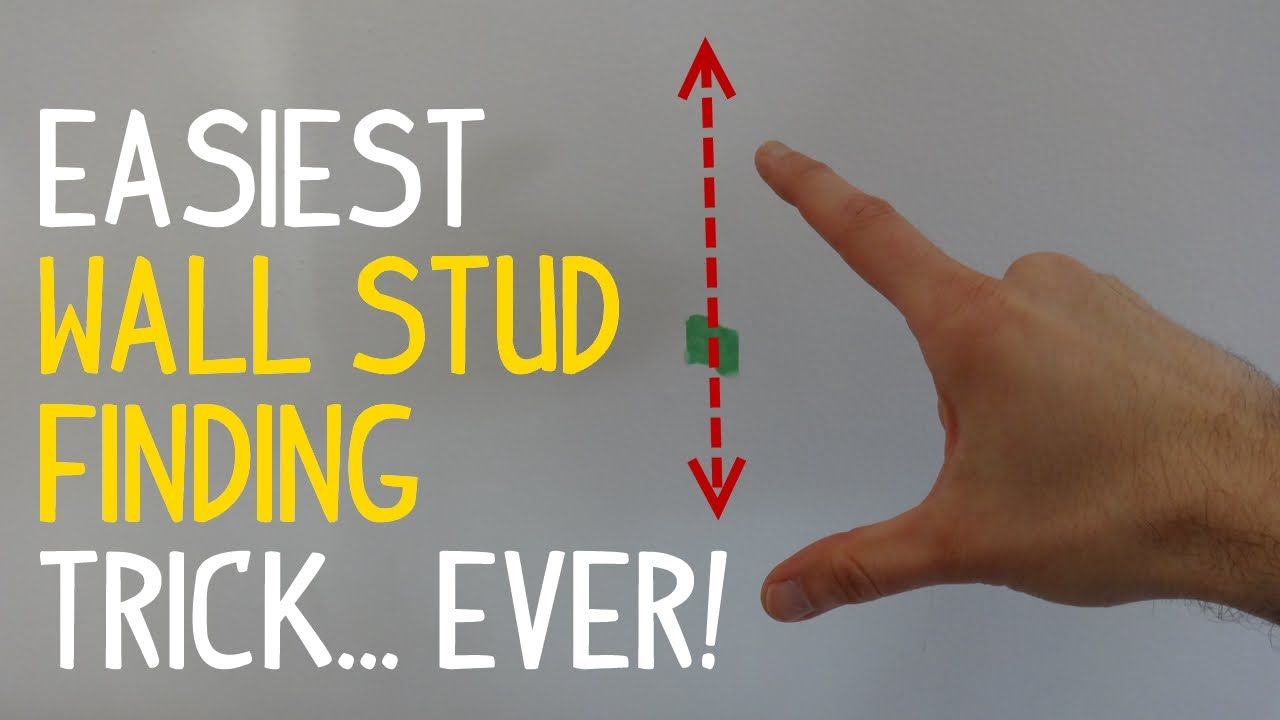Identifying Studs with Tools
/ExposedWallStuds-a63fcebbc3414a23918706ee2b45cc72.jpg)
How to find studs in bathroom wall – Locating studs behind bathroom walls is crucial for safe and secure installation of fixtures and accessories. Various tools are available to assist in this task, each with its own advantages and disadvantages.
Finding studs in a bathroom wall is essential for secure mounting of fixtures and accessories. One method involves using a stud finder, while another option is to tap on the wall to locate solid areas. For a more decorative touch, consider installing a bathroom shiplap half wall , which adds both style and texture to the space.
Once the shiplap is in place, you can resume the process of finding studs for proper installation.
Stud Finders
- Electronic Stud Finders: Use electromagnetic waves to detect density changes in walls, indicating the presence of studs. They are easy to use and provide accurate results. However, they can be affected by electrical wiring or metal objects.
- Magnetic Stud Finders: Utilize magnets to locate nails or screws in studs. They are simple to operate and inexpensive, but their accuracy may be limited by the presence of non-ferrous materials.
Tapping Method
Involves tapping the wall with a hammer or knuckle to listen for a solid sound, which indicates the presence of a stud. This method requires practice and may not be as precise as using tools.
Alternative Methods for Finding Studs

Non-tool methods for locating studs include visual inspection, sound detection, and using a flashlight. These methods can be useful for identifying studs behind bathroom walls, especially if you do not have access to tools or if the walls are covered with tile or other materials that make it difficult to use tools.
Visual Inspection, How to find studs in bathroom wall
Look for any imperfections or irregularities in the wall surface, such as nail holes, cracks, or slight bulges. Studs are typically spaced 16 or 24 inches apart, so if you find one imperfection, you can estimate the location of the other studs by measuring the distance between them.
Sound Detection
Tap on the wall with your knuckles or a hammer. Studs will sound solid, while empty spaces will sound hollow. You can use this method to locate studs even behind thick layers of drywall or tile.
Using a Flashlight
Shine a flashlight at an angle against the wall. If there is a stud behind the wall, you will see a shadow or a slight bulge where the light is blocked. This method is less accurate than visual inspection or sound detection, but it can be useful for confirming the location of studs you have already found using other methods.
The accuracy and reliability of these non-tool methods vary depending on the skill of the person using them and the condition of the wall. They are generally less accurate than tool-based techniques, but they can be a useful alternative if tools are not available or if the wall surface is difficult to work with.
Advanced Techniques for Complex Walls: How To Find Studs In Bathroom Wall

Locating studs in complex bathroom wall structures requires more sophisticated approaches. These walls may have multiple layers of drywall, irregular stud spacing, or concealed pipes and wires.
Thermal Imaging Camera
A thermal imaging camera detects temperature differences, allowing you to identify studs that are warmer or cooler than the surrounding wall. Studs conduct heat differently than drywall, so they appear as distinct patterns on the thermal image.
Drilling Small Holes
Drilling small holes into the wall can help locate studs. Start by drilling a small hole at an angle towards the floor. If you hit a solid surface (stud), you will feel increased resistance. Continue drilling holes along the wall until you find a consistent pattern of studs.
Interpreting Results
When using advanced techniques, it’s crucial to interpret the results carefully. Thermal imaging cameras may show studs as faint lines, so it’s important to compare the image to a known stud location (e.g., a wall outlet).
When drilling holes, pay attention to the resistance you feel. If you hit a stud, you will encounter significantly more resistance than when drilling into drywall.
By combining these techniques and carefully interpreting the results, you can accurately locate studs even in complex bathroom wall structures.
Finding studs in bathroom walls is crucial before drilling or hanging heavy items. Start by using a stud finder to locate the studs, ensuring they’re sturdy enough for your needs. Consider creating a glitter wall in bathroom for a touch of sparkle.
However, remember to reinforce the studs adequately to support the additional weight of the glitter and adhesive.